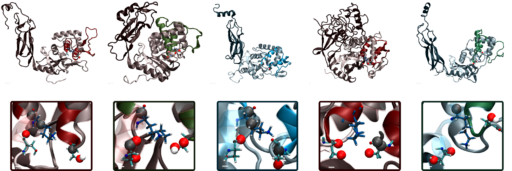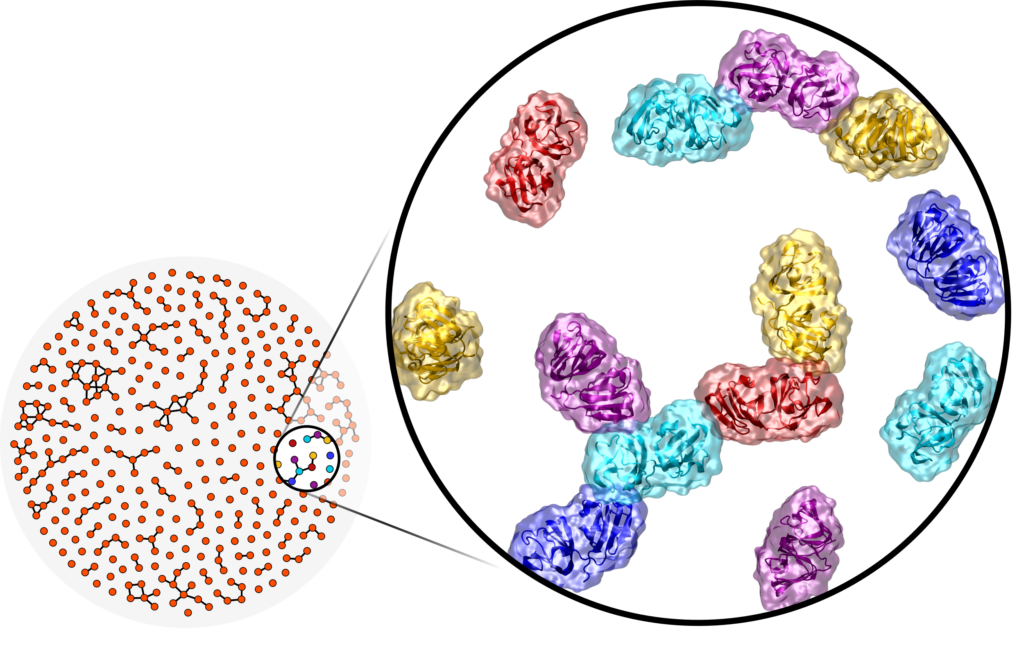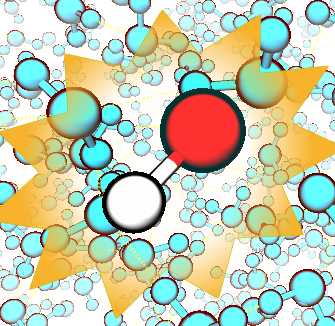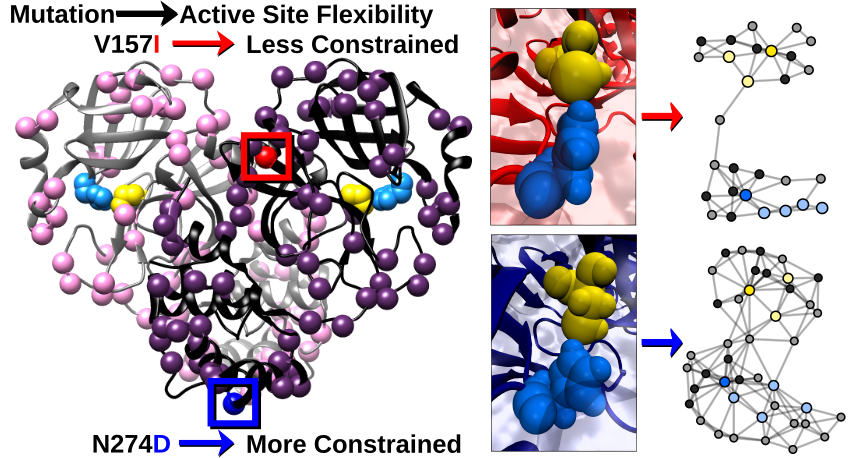Probing Protein Adaptations in Extreme Environments
Extremophiles are organisms that thrive, or at least tolerate, extreme environmental conditions, such as the high temps and pressures found near under-water hydrothermal vents, or the freezing temperatures of permafrost soils. To survive these uncomfortable climates, organisms have had to undergo adaptations, specifically molecular adaptations that change the behavior between their biomacromolecules to reflect the […]
Probing Protein Adaptations in Extreme Environments Read More »






